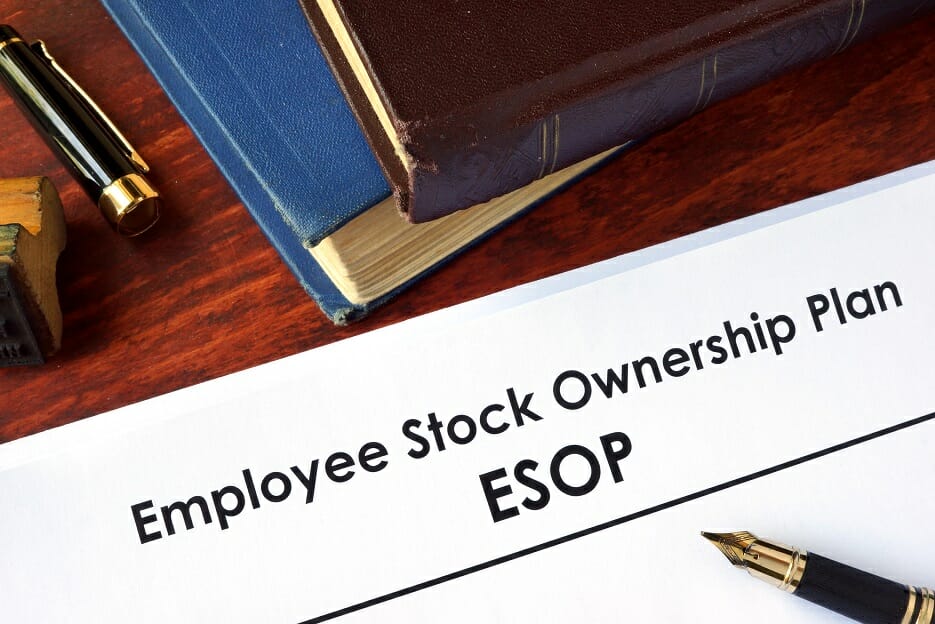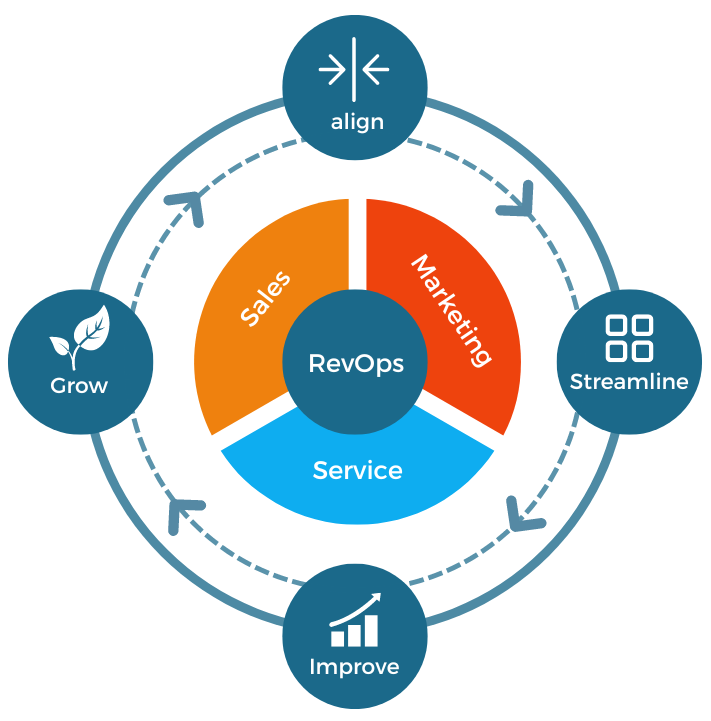A Guide to Employee Stock Ownership Plan- What To Know

Nowadays, most companies seek ways to motivate workers and make them feel part of the company. We can’t talk about employee motivation without mentioning Employee Stock ownership plans. This is an employee benefit plan designed to motivate workers through equity ownership and offers many benefits to workers and the company alike.
How do ESOPS work?
ESOPs, or Employee Stock Ownership Plans, are a unique benefit plan for employees. They allow workers to become part of the company by owning shares over a specified period. With the employee share options scheme, the company sets up shares, a separate entity whereby the trust holds them on behalf of the workers.
The company contributes its shares to the ESOP trust, which are allocated to workers based on various factors such as salary level and years of service.
The company makes a yearly contribution to the trust. These can be new contributions, treasury stocks, or cash to acquire existing shareholder stocks, which are tax deductible no matter the form of contributions.
However, employees don’t own the shares immediately, they vet as per the determined schedule but have full ownership when fully vested. What happens when one leaves the company? In case of resignation, death, or retirement one can cash out the shares, and the company buys them back, making it a viable retirement plan and a source of income for employees. The payment may be lumpsum or in installments and can be immediate or deferred. Handling employee stocks can be time-consuming and the Boardroom team has been assisting companies to manage their share option schemes.
That is not all, ESOPS offers numerous benefits they offer workers an opportunity to become part of the company and own shares that grow over time. They also offer tax benefits to both the company and workers alike. Workers can defer taxes until when cashing out since ESOPS are tax-deductible
Types of ESOPS
Companies use various types of ESOPs to motivate and retain workers. These vary in terms of how they work and offer varied benefits.
These include;
1. Employee Stock Purchase Plan (ESPP)
The employee stock purchase plan is a risk-free method for workers to buy and own company stocks at a discounted price. With this plan, you invest a certain amount of money, which is deducted from your payroll, and enjoy a share of the company’s growth.
2. Restricted stock units(RSUs)
Restricted stock units (RSUs) are also common stocks in mots companies. They allow employees to be part of a company’s growth. They also enable workers to convert RSUs to company stocks for a certain period of years they spend working when certain milestones are achieved.
However, you receive the shares after meeting the vesting requirements. With these shares, you don’t qualify for dividends and don’t have votig rights. The plan is a motivational way of allowing employees to participate in the company’s growth.
3. Employee Stock Option Scheme (ESOS)
The employee stock option scheme is one of the commonly used ESOP and allows workers to purchase company stocks at a significantly lower price than the market value. However, the price is pre-determined and the the option is offered as part of a compensation package for workers in line with the company’s performance criteria, and after achieving certain goals over the vesting period
ESOS boasts certain features, such as granting of options, vesting period, exercise of options, and exercise date. The vesting period is the time that a worker should wait before exercising the options. It’s like a time limit that ensures that workers stick with the company for a certain period, enhancing employee retention.
4. Stock Appreciation rights(SARs)
Stock appreciation rights are part of the employee share options scheme. They allow employees to invest in the company’s stocks and benefit from the company’s prosperity over years. Workers get a certain payment based on the company’s appreciation.
With this stock plan, companies give workers stock benefits without diluting their equity. Workers on the other hand enjoy the gains without taking downside risks.
SARs are mostly offered to senior managers or executives and other workers as a way of aligning their interests with the company.
5.Phantom Equity plans
Phantom equity plans closely resemble Stock Appreciation Rights plans, and are a type of ESOP that enables workers to get a payment as per the company’s stock without owning any shares. Under this plan employees receive a monetary payout based on appreciation of the company’s shares but don’t receive a stock certificate.
Employee Stock Option Plans (ESOPs): Their Benefits Workers and Companies
ESOps benefits workers in many ways and fosters a sense of ownership in the company. They offer financial gains to workers in that you can purchase shares and sell them at a higher market price, translating to monetary gains.
Deferred taxes are also worth mentioning since taxes on stock options are deferred until the shares are sold. Also, some countries offer favorable tax rates on stocks, leading to long-term capital gains. Stocks also give a dividend income if a worker holds them after existing options.
- Employee retention– ESOP plans are an excellent way to ensure employee retention and loyalty in a company. They create a culture and sense of ownership in the organization, enabling workers to share in the company’s success. This way, they motivate workers to stay longer and work harder in their jobs, ensuring improved productivity.
- Incentives– ESOPs are a form of worker incentives since employees benefit financially from the company’s growth. Workers reap the benefits when the company prospers, which acts as an incentive. They allow employees to own a small portion of the company, and use it as a reward system
- Company legacy- ESOPs in a company are an excellent way to preserve the company’s legacy and that of the founders. For instance, you can pass on your stocks in the company, and let employees have their own shares in the company. This way, they will value the organization, and work hard to ensure success.
Conclusion
There are various distinct types of ESOPs that companies use to motivate workers and make them feel part of the company’s achievements and prosperity. These have distinct characteristics with sets of rules. The stocks may vary from one organization to the other, and companies should ensure their choice of stocks aligns with their goals.




